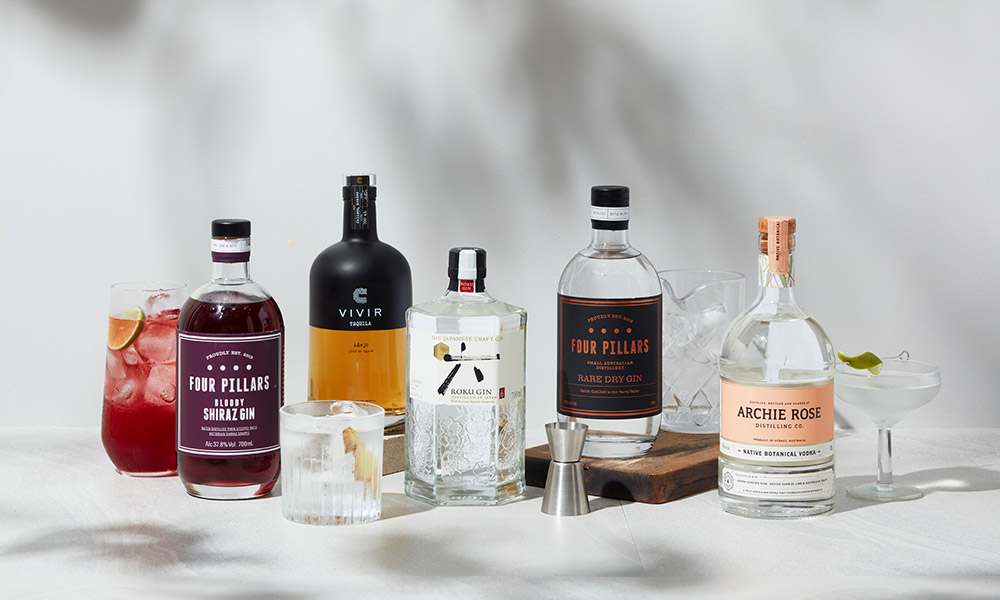

THE SPIRIT
- The Spirit
Sweet as Brandy: Cognac and Armagnac
Read Time 3 Minutes
Posted 31 Aug 2022
By winVintage
To look at a bottle of these two iconic eaux de vie, it is hard to tell them apart. Both are varying shades of mahogany and have oddly similar sounding names. Cognac and Armagnac are arguably the most regal of the eaux de vie to come out of France, and they are often seen as the same product, but there is more to these two delicious brandies than meets the eye.


Cognac is a place; so too is Armagnac. They both grow their own grapes, and these grapes are distilled into a spirit. Each region relies on the mainly-neutral and particularly inauspicious grapes like Ugni Blanc, Colombard and Folle Blanche. It is the neutrality of these grapes that is prized and makes them ideal for purpose.
The most basic difference between these spirits is that they come from different places, and in a region such as France, that can mean everything. This place-of-origin element is key to the idea of appellation in the eyes of the French, who local production as the very cornerstone of identity.
A wee dram on a cold, wind-swept day is a perfect scenario for many, so it makes sense that this timeless spirit is made in Tasmania – a rugged, ocean-dominated outpost with incredible natural beauty, and importantly, abundant natural resources. However perfect Tasmania is for whisky production, for over 150 years distilling in Tasmania was banned. It was Lark distillery, founded in 1992 by Bill and Lyn Lark, who fought to have the century-and-a-half ban overturned, that ignited the flame for Taswegian whisky production – and many, thankfully, are following their lead. More than 8 years ago the accolades for Lark, the pioneering distiller, began. Best Australian Single Malt 2009, Gold Medal whisky of the Year, Master Trophy at the Whisky Masters; the list is as long as it is impressive.
Cognac is by far the more famous of the two, and is situated north of Bordeaux, central to the town of Cognac. Armagnac is to the south of Bordeaux, in the South-West foothills of the Pyrenees, near the town of Condom (which we have indeed identified correctly).

Both of these spirits have multiple incarnations that confer different qualities. In Armagnac, they have the Bas Armagnac, Haut Armagnac and Tenareze Armagnac – all descriptions which you can find on the label of bottles. In Cognac there is Grand Champagne, Petite Champagne, Fins Bois, Bons Bois, Borderies and Bois ordinaries. That may border on too much information for some, but just bare this in mind – if someone offers you a glass of Grande Champagne, don’t expect something bubbly. The regions of both Armagnac and Cognac are defined primarily by the soil types, be it sandy, clay, limestone, or something entirely different. Grande Champagne is considered the best in Cognac and Bas Armagnac is seen as producing the best example of the Armagnac. All of this is open to debate of course, but history shows a trend towards better production from these two regions.
There is another, and perhaps harder to distinguish, element. The stills that the two regions traditionally use are not the same. In Cognac they use a traditional pot still, distilling the eaux de vie twice. These stills are the large copper pot-bellied kettles that you may have seen elsewhere, and are similar to those used for Whisky distillation. This is the type of still that distils a single barrel or parcel of wine at a time. The spirit that comes from the double distillation is finer and more pure as it comes out of the still at over 70% alcohol.
In Armagnac, the traditional still is an Alambic still that produces a spirit considerably lower in alcohol, somewhere between 50-60% alcohol. Being distilled to a lower alcohol content means there are far more flavour compounds in the spirit. Pot Distillation and double distillation is permitted in Armagnac, but the purists see the Alambic as producing the most authentic expression of the region. Ageing of both eaux de vie is done in wood, and the longer the time to mature, the more complex and nuanced the resulting spirit becomes.
These two products are incredibly layered and complex spirits. They always offer great pleasure and a softness compared to their dark spirit counterparts. I think they work well on their own as an after dinner digestive, or show ever better with a little dark chocolate for fun.
- The Spirit
- View More Posts The Spirit











